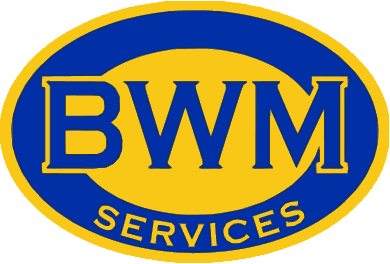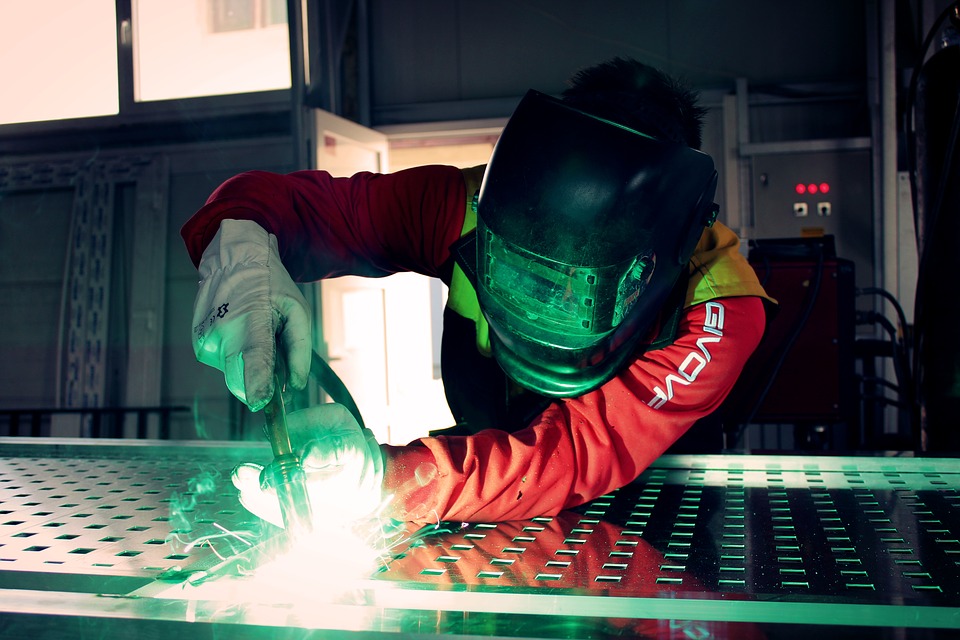It is crucial that we look at the training tools available and reflect on how to utilize those tools. This is because it may sometimes be more effective to revamp existing ideas that to start from scratch. By doing this, new tricks in welding education may not seem as impossible to accomplish.
New Tricks Can Shore Up the Gap
In the world of welding education, and education as a whole, we are on the edge of a skill loss. As baby boomers begin to retire, we notice a skills gap in the welding industry. In addition, knowledge loss in welding education also occurs. The average welder is between 50 and 55 years old, and the average welding instructor is not that different. Therefore, newer welding educators need to close the knowledge gap by teaching new techniques and utilizing new teaching techniques. This is all while also continuing to create a quality product: the next welding employee.
Reflecting on What and Why Welding Education is the Way It Is
One example of this type of educator is Greg Siepert, a welding instructor at Hutchinson Community College in Hutchinson, Kansas. Siepert is the American Welding Society’s 2013 Howard B. Adkins Instructor Membership Award winner. Years of experience taught Siepert that instructors need to reflect on what the teach. In addition, they need to reflect on why they teach the way they do. He has seen how it is possible to learn new tricks from old practices. This has made him able to assist welding students in their quest for welding careers.
“I still feel like a rookie in the field of welding education” said Siepert, “but I have been blessed to have worked with many in the field, including fantastic mentors, enthusiastic students and peers who continue to work day in and day out to help create quality welders.”
Adapting the Environment for the Success of Students
When Siepert first became a welding educator, his goal wasn’t unique. His goal was to train the best welders as they prepare for the field of their choice. Similar to many new instructors, Siepert envisioned every student learning the subject, graduating and entering the welding field. However, he soon realized that he needed to find new ways to achieve this goal; he had to adapt his environment for the success of his students.
For example, Siepert recalls noticing that many of his new students were enticed into the welding field because someone had mentioned the promise of a sustainable career with a livable wage. His students wanted to learn career skills. They were hoping to get a job to support their families sooner rather than later.
Unfortunately, the common welding education curriculum did not cover procedures required to work for local industry until the second semester. Thus, Siepert’s students’ reactions made him begin to question the standards he was following.
“It was heart breaking to see a student’s face drop when I told them that,” said Siepert. He wanted to prepare his students to earn wages and support themselves as soon as possible following graduation. “So I started to ask why we do the things we do. Is it best for welding education or just because it has been done this way throughout the years? Can we learn new ways of doing things, or just change the way we do things, so that we can make welding education better?”
What to Change, What to Keep the Same
It’s not always about learning new tricks, but seeing what tricks help and what tricks don’t. In some scenarios, it might be worthwhile to update your welding practices or modify what you’re teaching. This might better prepare your students for careers and allow them to be gainfully employed no matter what.
Understanding Why and How Learning Impacts Future Careers
Siepert recalls facing this challenge in his first teaching job. The first night of class, he asked students their goals and where they wanted to be at the end of their welding training. Paying attention to the needs and wants of students shows instructors what new tricks they can learn. It can also show where to find new opportunities to engage and help students. In this case, Siepert’s students wanted to go into local industry, which was, in that area, a form of production gas metal arc welding — a topic not often focused on until well into a welding program. He saw an opportunity to modify what he was teaching to better serve his students.
It is vital to assist students with understanding why they are learning something, how it impacts their future careers and why, perhaps, you can’t immediately see results. Helping students correlate what they are doing now to their future careers while providing a full and complete understanding of welding can be challenging. However, it can also lead to the discovery of new teaching tricks.
Implementing Work-Based Opportunities
Changes similar to Siepert’s modification of curriculum order are happening across the nation as programs focus on retaining students and providing efficient and effective training.
One way to make sure that what is you’re teaching in welding education programs is relevant to the workforce is to implement work-based learning opportunities. While these opportunities have been around for years, they remain an old trick that still benefit programs today. Work-based learning opportunities give students the ability to undertake welding projects and processes while taking classes. They reduce the monetary stress of going to school, while also allowing students the opportunity to learn technical, job-specific skills. Another beneficial aspect of work-based learning is the earlier availability of internship programs for participating students.
Old Becomes New Again
Now is the time for welding instructors to begin reflecting on how they present welding education. Statistics show that by 2019, there will be a need for more than 310,000 new and replacement welding professionals in America. With skills gaps currently looming, now is the ideal time to work toward sharpening skill development within welding education and redefining the way we do things with the utilization of advanced welding technology.
Revamping Old Tricks to Discover New Tricks
In many scenarios, we can discover new tricks by revamping old ones. We can utilize advanced welding technology to achieve the same goals welding programs sought to achieve years ago. This will help welding instructors meet the varying needs of today’s welding students, some of whom are technologically savvy and some of whom are not. Implementing advanced welding technology into the welding lab can also engage new students and inspire them to follow career paths they might not have chosen otherwise. It may appear from the outside that things haven’t changed in welding, but the technology that goes into the processes, the science behind the processes and the knowledge about welding have changed significantly.
These developments should inspire instructors to seek out new teaching methods that can help familiarize students with the advanced manufacturing methods found in today’s industry. Without an increase in class or program time, educators have had to get creative to teach this necessary additional content, encourage reflection and innovation, and convey key components of success to students.
Use What You Know to Add to Learning
Similar to students, the majority of welding instructors enter the world of welding education from a broad spectrum of backgrounds. Instructors who utilize the knowledge they bring from their various work experiences will enjoy increased comfort when trying new teaching methods and advanced welding technology. When we look at the field of welding, we should also remember the technology that we are familiar with.
Advanced Welding Technology Options
The majority of educational institutions already have learning management systems that can help streamline data collection and grading capabilities. There are other great advanced welding technology options available to instructors that students can utilize. These options can help students to learn in new ways, such as welding simulators and online welding curriculum programs. Social media and other online resources used in everyday life can also help increase students’ utilization of advanced welding technology at the same time as they remain focused on welding education.
These options are all great ways to further facilitate learning outside of the classroom and the embrace of advanced welding technology. As the field of welding education changes to meet the demands of the welding industry, educators need to embrace this technology and, in turn, prepare students to encounter the weld tracking software, robotics and advanced systems they will see in manufacturing. This doesn’t mean that welding can be taught wholly in the virtual world or without live arc processes, but it can be supplemented throughout the process.
Ending Thoughts
It can be easy to forget to think outside the box or consider other methods. Creating the quality welders our workforce needs with such a variety of students requires more training that ever before.
Focus on the needs of individual students and to find ways to encourage quality learning. Now is the time to focus on what we are doing today, and how we can, little by little, add new tricks to our training portfolio.
Source: aws.org


